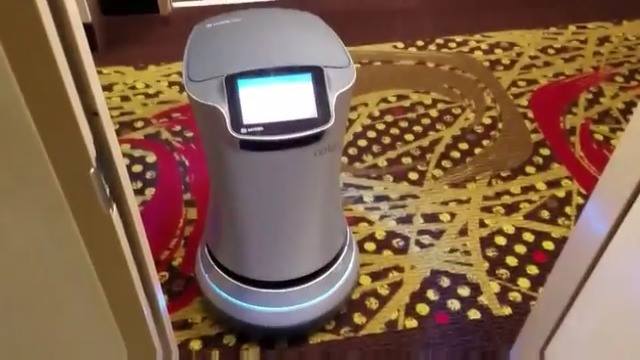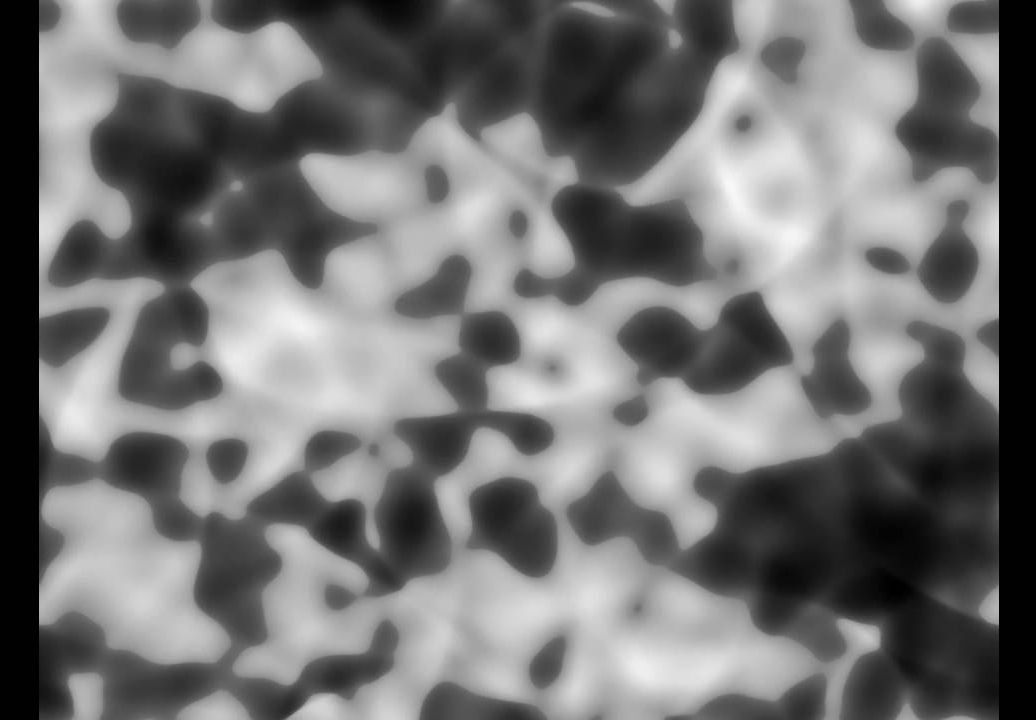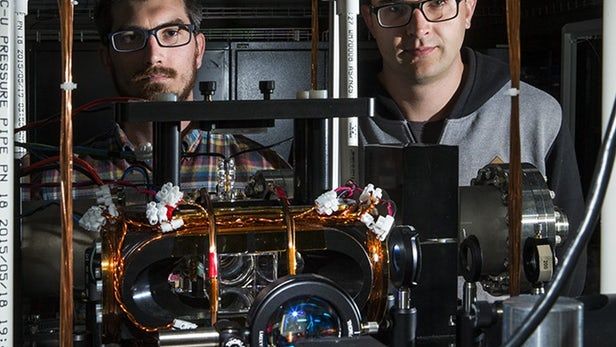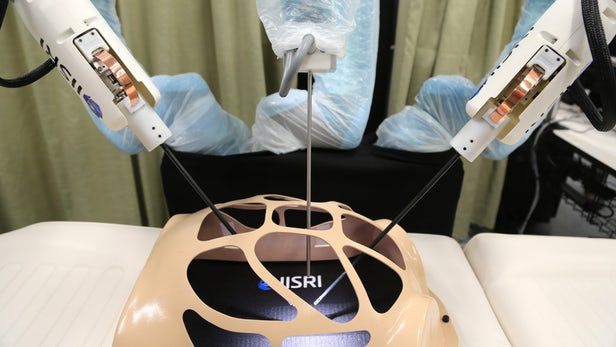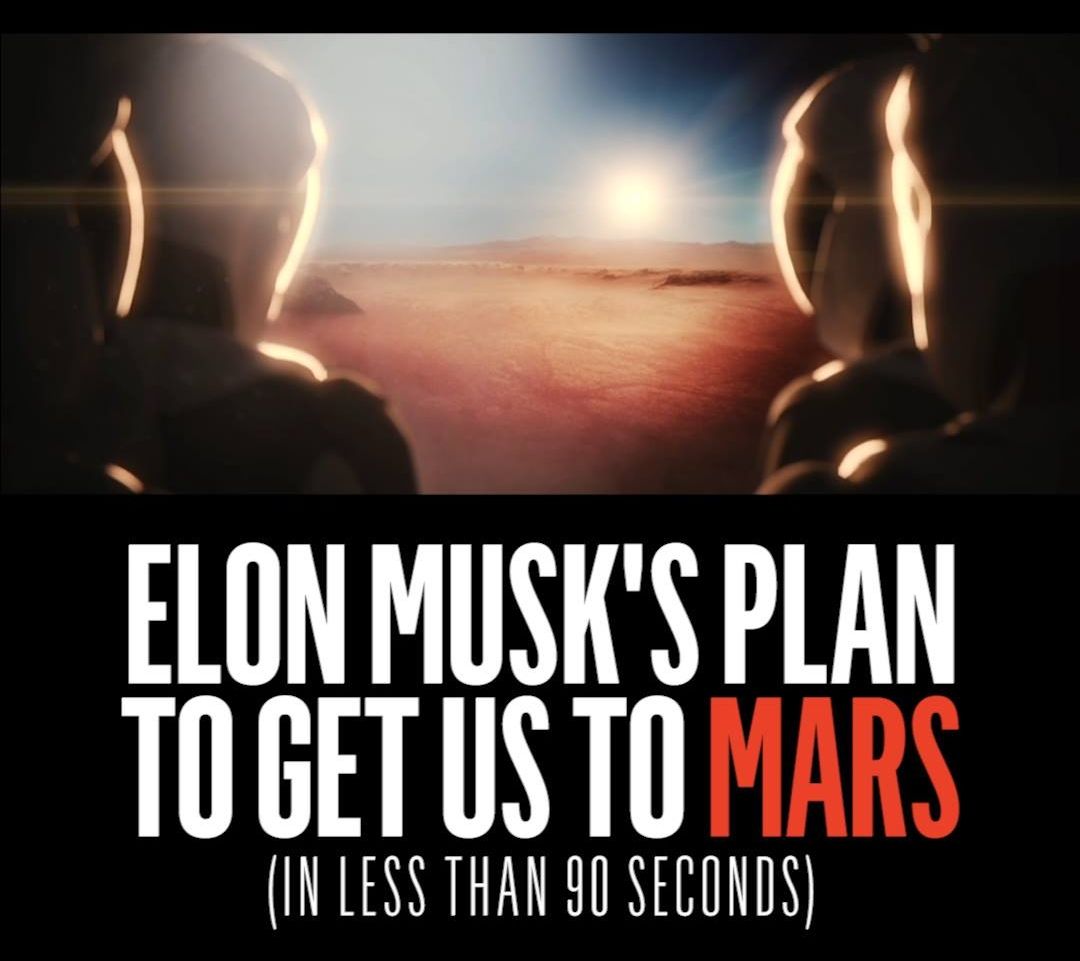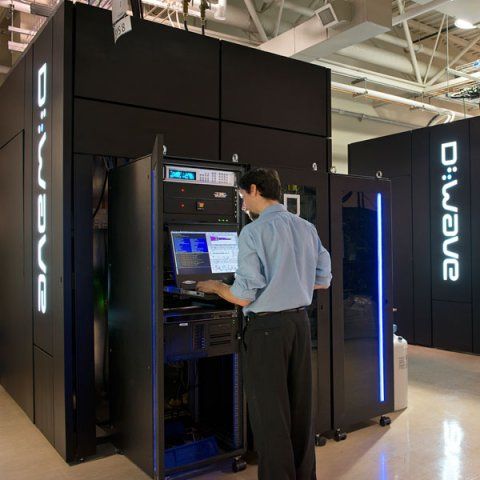Sep 30, 2016
First ever scalable quantum computer developed by scientists
Posted by Karen Hurst in categories: business, quantum physics, supercomputing
Scientists all around the world are working towards making the quantum computing a reality for past few years as it will bring another revolution in the world of technology. Quantam computers are thousands of times faster and way smaller than the conventional computing devices as they use photons to do computing and are also compatible with fibre optics.
A team of researchers from the University of Innsbruck in Austria claims that they have invented world’s first scalable quantum computer. Although the device is still several years behind coming to reality but still scientists consider it as a giant leap towards bringing quantum computers into people’s hands.
From hypothetical models in last decade to practical models now is promising. Former Microsoft CEO Bill Gates believes that we will make quantum computers by next decade. This promising, complex technology may soon amplify the capabilities of today’s computers, which will greatly benefit science and business organizations by helping them work faster and more efficiently. Quantum computers are next step of computers and they can solve problems with ease which are nearly impossible for computers and supercomputers of current generation.
Continue reading “First ever scalable quantum computer developed by scientists” »



